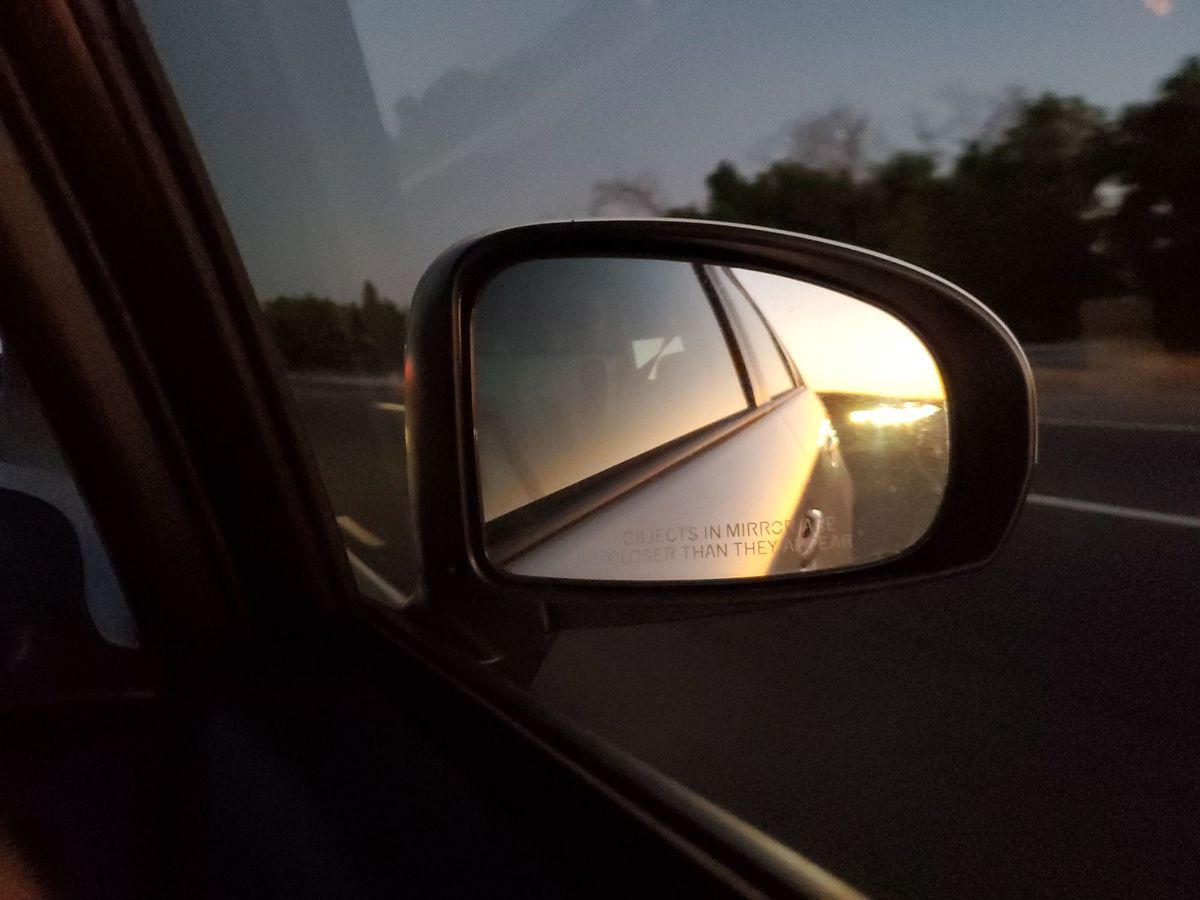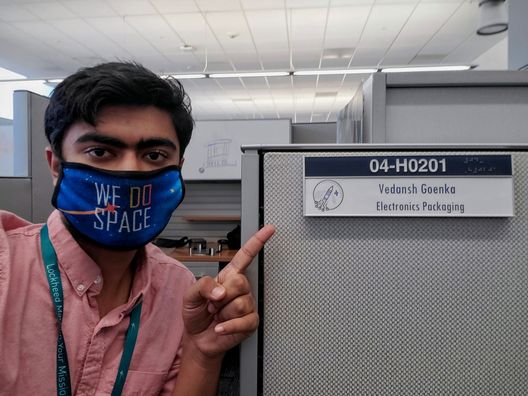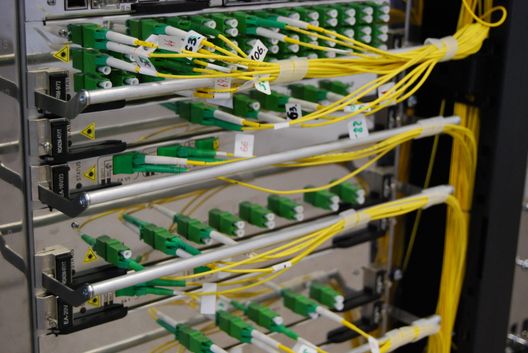Written between Jul 25-29, 2019
Throughout my life the thing that has fascinated me the most is space, the final frontier. Often I have been obsessed with recent developments related to space. In 2017, I flew 600 miles, missed effectively 2 days of school, and then drove back 600 miles just to witness a phenomena that lasted approx. 159 sec.
I had initially thought, prior to 2018, that most of the photos taken of space was with multi-thousand ($10k+) gear; I wasn’t entirely wrong, but during my trip planning for the (cancelled) New Zealand trip, I learned that a regular DSLR is able to take stunning photos of the milky way, the ones that I originally thought were taken on satellites. During this time I had ironed out my method of figuring out if a spot was a good place to take photos of the stars. The rough method that I had devised was:
- Check the moon phase - Make sure that the illumination was ideally < 15%. This gives the dates that I am able to take photos without extreme amounts of light pollution.
- Check the light pollution of the location - I looked for places that were either certified dark sky spots, or where the light pollution was negligible (black).
- Check the weather - Make sure there isn’t a god-placed cloud that seems to have a mind of its own. Or there is a bunch of fog.
- Check the position of the milky way given the time - Make sure that at the exact location the milky way is visible and during what time. This is to prevent any mountains or trees from getting in the way. I use google maps to get the coordinates and the altitude
- Google Maps - Street view can help get the topology of the area and help find a spot for taking a photo from.
- Research the spot - If I am going to Henry M. Coe State Park, I should be familiar with all the procedures regarding hours, entrances, and fees.
- Get your gear ready - Pretty Self-Explanatory
The car ride there is something that would haunt me in the days that followed. My dad and I were talking about going to the gilroy garlic festival the following day, assuming that we would return from the state park on time. We had pretty much agreed to go as long as both of us were up by 9:30. We slept in and didn’t end up going. At around 6:00 PM that day we heard the news that honestly frightened me more than I could have imagined, there was the shooting at the Gilroy Garlic Festival.
The road up to the state park was a winding road filled with hundreds of hairpin turns. It was both electrifying and terrifying at the same time. It was pretty incredible to see the view from up here. The other thing that surprised me was the sheer number of people who were living so high up. What must their commute be like? Do they all work from home?
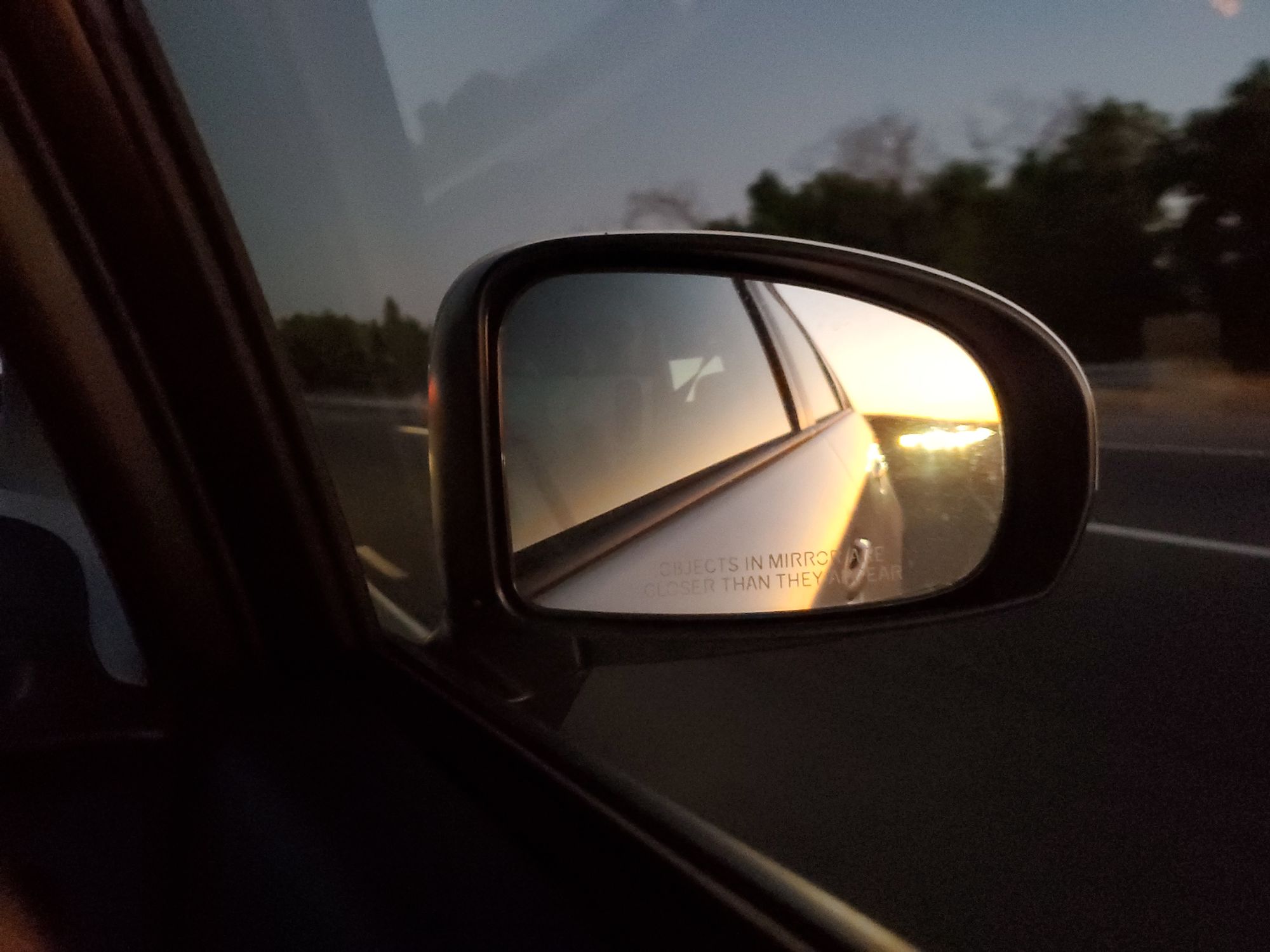
About 3/4th of the way up I started feeling a little nauseated so we pulled over, this is exactly when the sun was setting and I was able to get a bunch of absolutely stunning photos of the lake below. These were all taken on my phone (Samsung Galaxy S10 w/ GCam Mod).
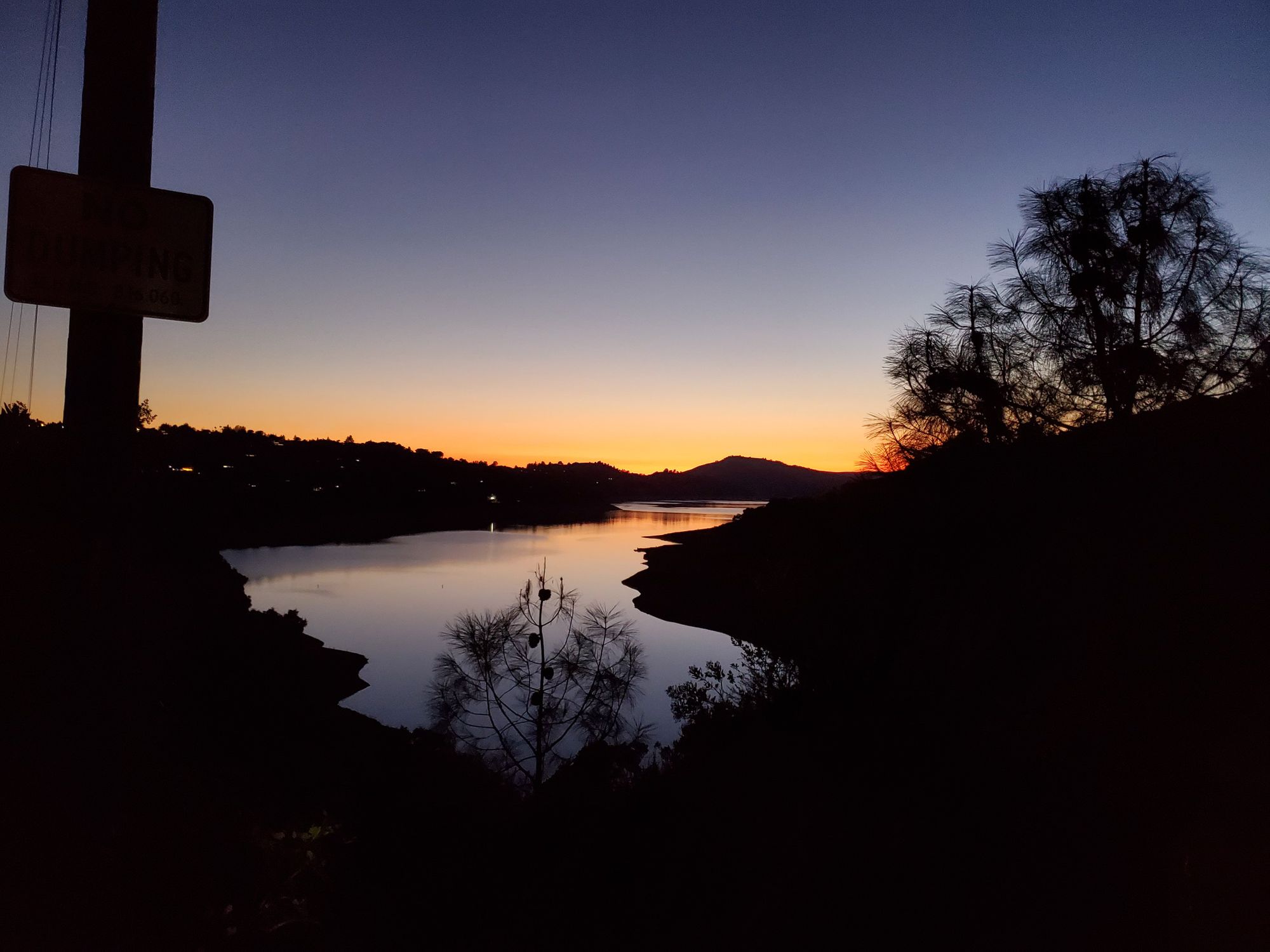
The poll line on the left side almost looks like a cross.


After getting to the top of the hill and entering the state park, I initially tried to capture a photo with my phone. This ended up not working as the exposure time was too short, there was movement of the camera, and I had no way to mount my phone to a tripod—if only I had a 3D printer...
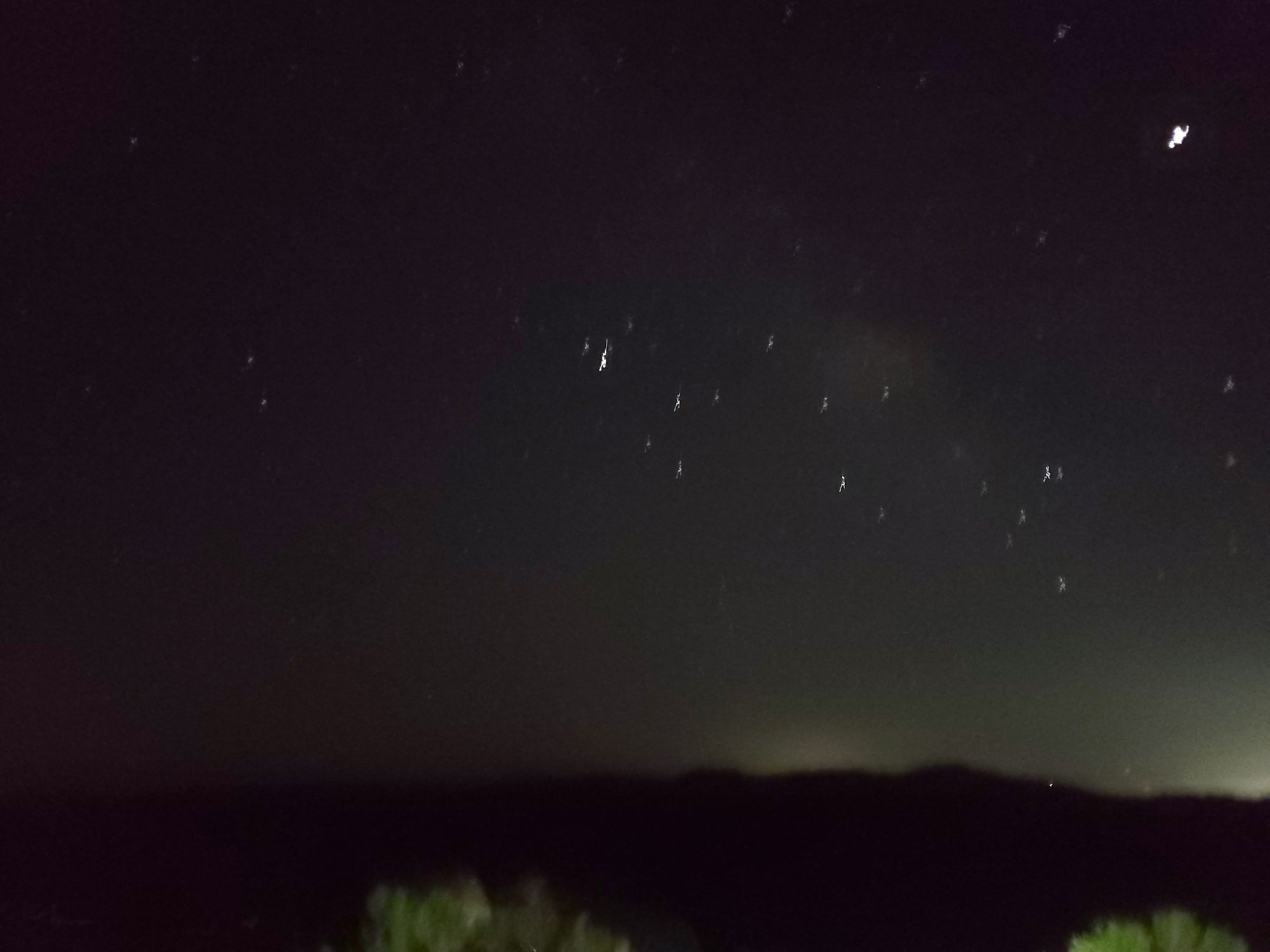
Even though the milky way was clearly visible, the image had little definition and the milky way in this photo may as well have been a smudge on the lens.
After swapping to a DSLR the milky way suddenly much more pronounced. Although I have to admit I was initially disappointed by the results that I had gotten. I had expected to get an output similar to what you might see when you google “Milky Way Photos”, just with lax colors and washed out details; I ended up getting the details of the stars, but I would have to do heavy post processing to make these images look like what I find on the web.
I used a Nikon D750 with the following setting for most photos:
ƒ/4 20s 24mm ISO1600
I varied the focal length to follow the 300 rule. My max exposure time should be around 300 divided by the focal length. Based on what I ended up getting, this dictated my shutter speed. To then adjust the overall exposure I would change the aperture first, then change the ISO.
I spent the next hour or so taking pictures of the milky way, some without changing anything and others while changing elements. We ended up leaving the state park at around 1:30.
The photos that I got were not impressive initially, but after playing with sliders in Lightroom, I was able to pull out much more detail that I expected. Only after editing the photos I finally realized the extent to which many of these photos are edited. I wasn’t comfortable with trying any advanced image manipulation techniques so I stuck to simply editing photos in Lightroom and Photoshop.
The first image that I edited ended up looking like this, I am extremely proud of the results.
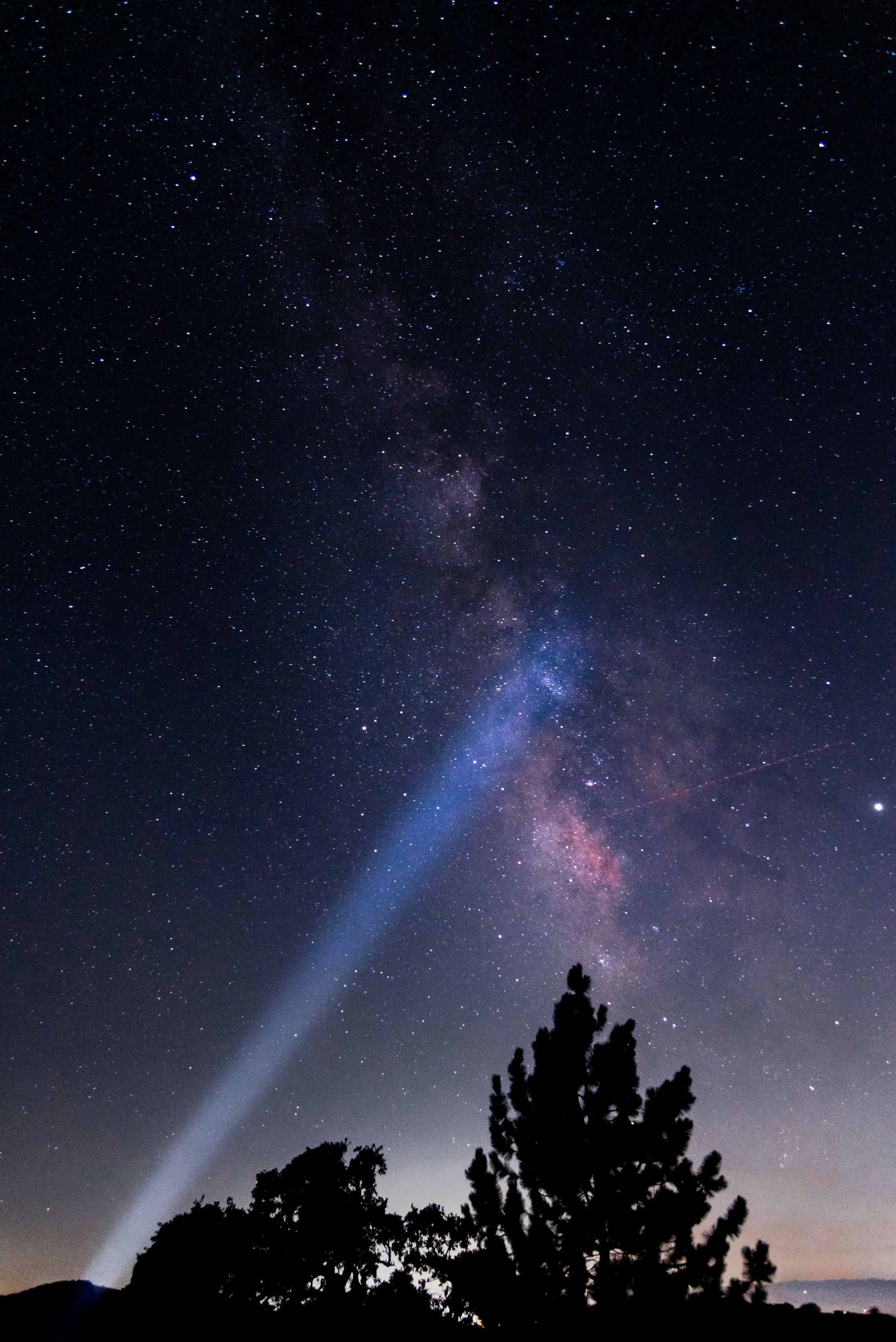
I used a flashlight and turned it on for ~5 sec of the 20 sec exposure. When the flashlight hit particles of dust in the air, it illuminated the path of the flashlight. This makes it look like the milky way is being illuminated by the flashlight.
I edited the photos following the same procedure:
Play with the sliders until I get what I like, do this 2 to 3 times for each photo and be sure to touch every slider. I made the obvious changes before doing this (exposure, contrast, levels, etc), but for much of the minute detail I ended up just “randomly” seeing what works. According to Peter McKinnon, a resource I found extremely helpful, this is more or less what he does, although he knows to an mucher better degree what each of these sliders do. Here are a few more photos that I am proud of:
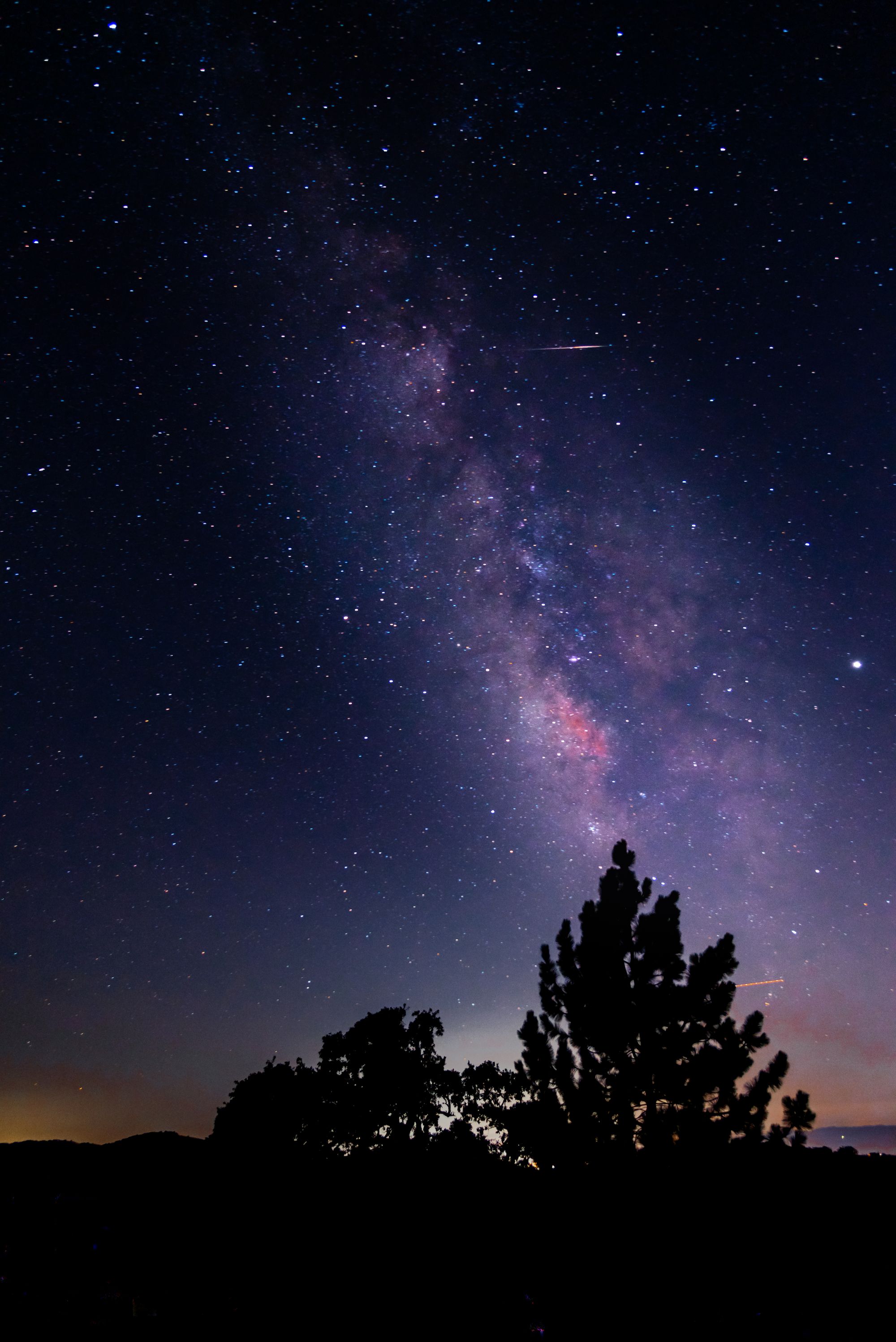
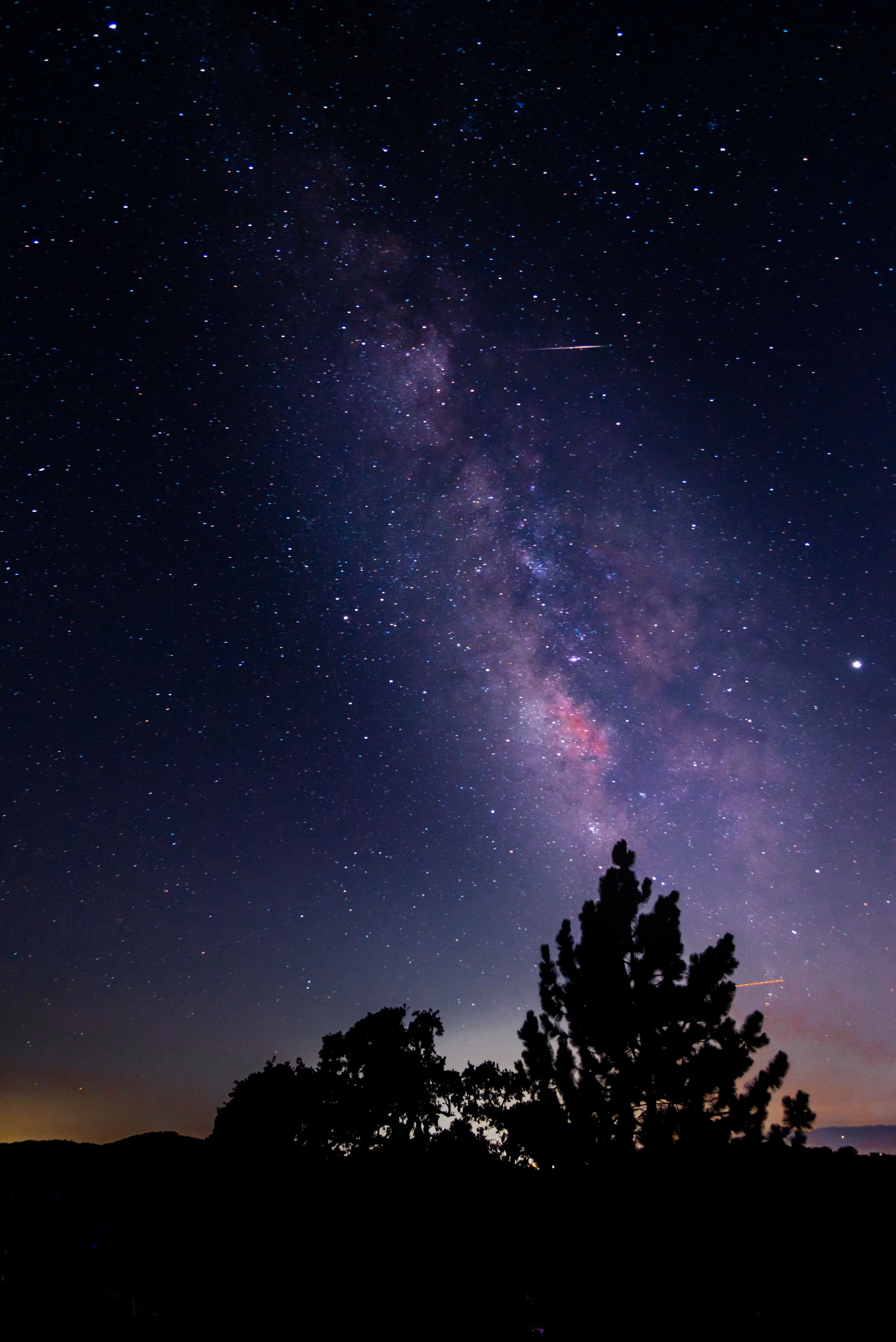
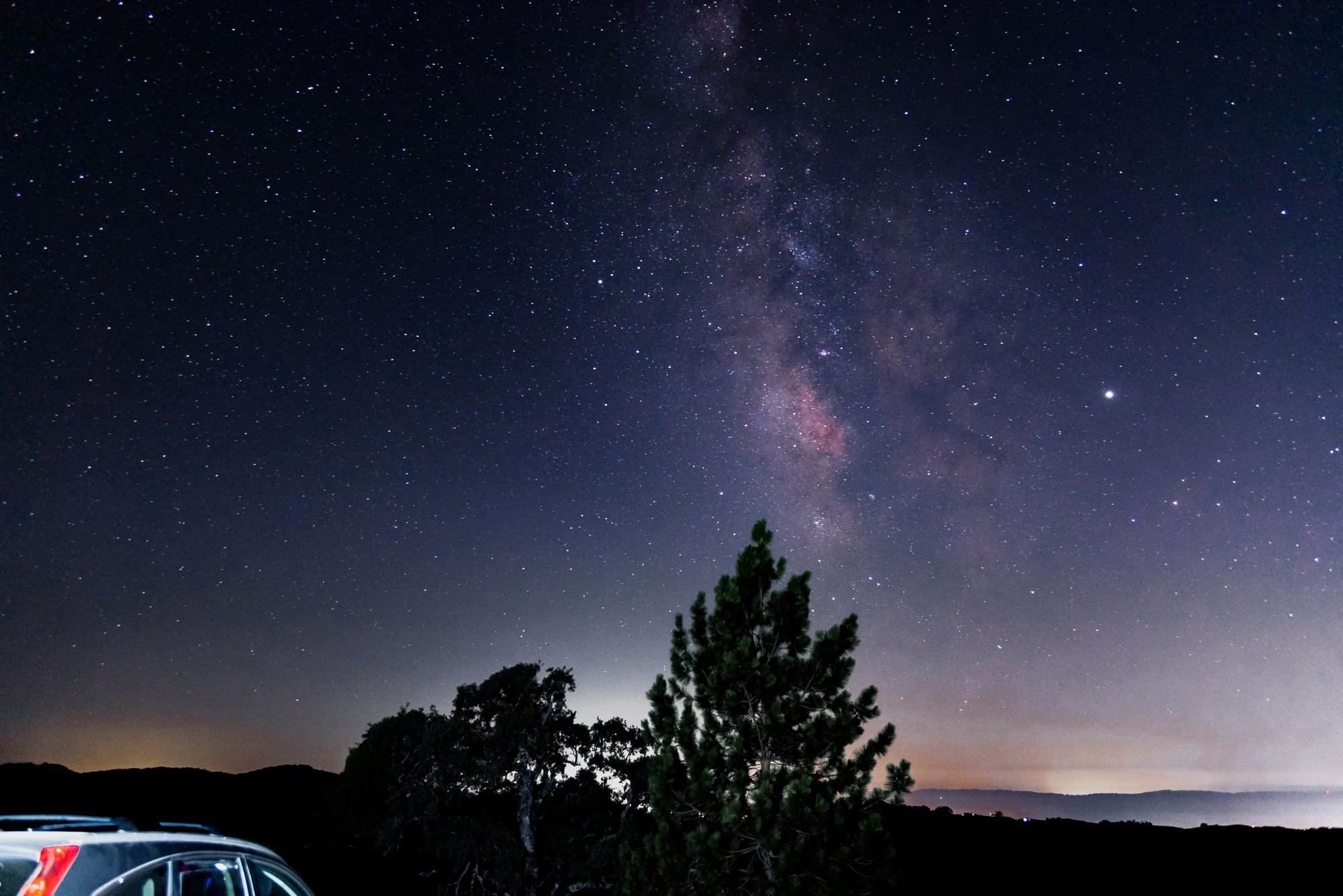
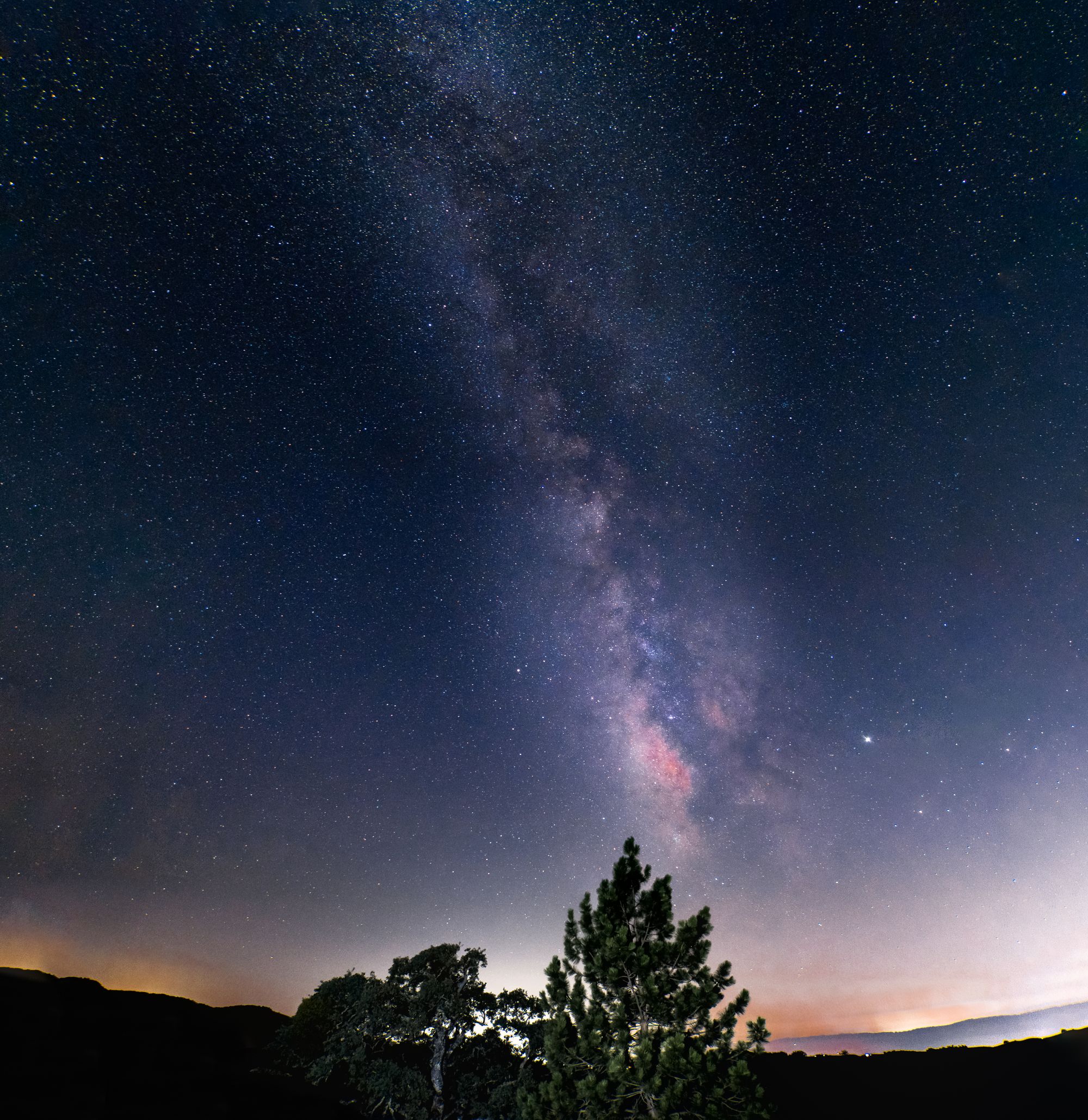
This final image is a composite of the images that I have taken, it came out much better than I expected, but I still feel as if something is missing.
I also posted these photos on my Instagram:
I can’t wait to go again! Hopefully next year I can go multiple times, get better hardware, and learn image stacking!
